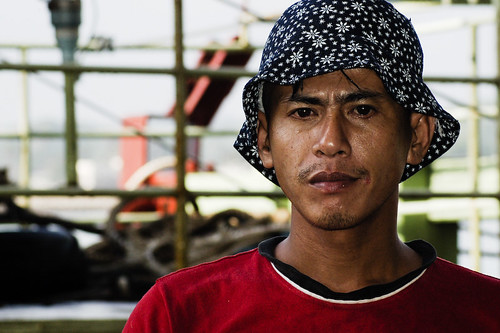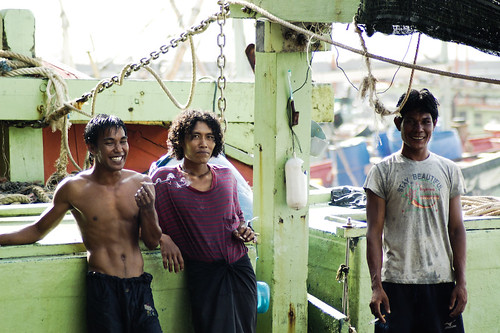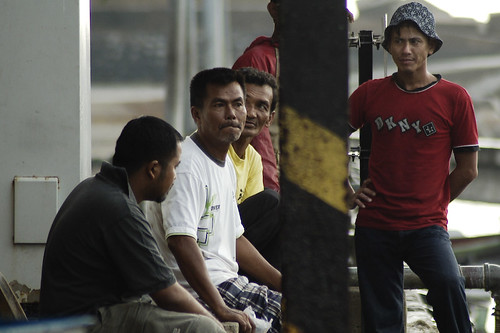The role that chance (or luck) plays

Chendering Fisheries Garden, Kuala Terengganu, Malaysia (_DSC1650), originally uploaded by hackspot.
Location: Chendering Fisheries Garden, Kuala Terengganu, 21080 Kuala Terengganu, Terengganu, Malaysia
Taken with a Nikon D50 and AF Zoom-Nikkor 70-300mm f/4-5.6G lens
"Photography is the only major art in which professional training and years of experience do not confer an insuperable advantage over the untrained and inexperienced - this for many reasons, among them the large role that chance (or luck) plays in the taking of pictures, and the bias toward the spontaneous, the rough, the imperfect."
Labels: AF Zoom-Nikkor 70-300mm f/4-5.6G, Nikon D50, People, Philosophy of Photography, Photography



